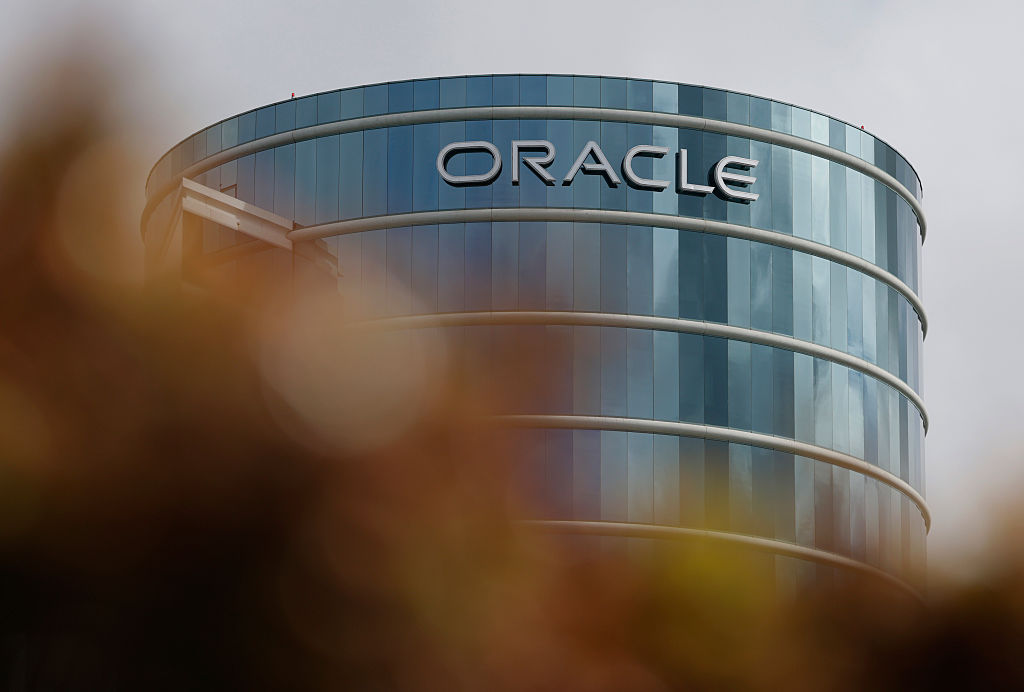Tech Stocks
The latest news, updates and opinions on Tech Stocks from the expert team here at MoneyWeek
-

Will the AI bubble burst?
Valuations are stretched and stock market heavyweights are betting against some of the biggest names. But is the AI bubble about to burst?
By Dan McEvoy Last updated
-

Three AI stocks to watch
Despite the AI bubble increasingly coming into question, there are reasonably-priced stocks that could capture further tailwinds
By Dan McEvoy Last updated
-

STS Global Income & Growth: Buying quality at a discount
Investors should consider STS Global Income & Growth to diversify away from mega-cap tech
By Rupert Hargreaves Published
-

Investing in AI – the ultimate bubble
Is it “different this time”, or are we in the mother of all bubbles? The economics of AI should give investors pause for thought, says Dan McEvoy
By Dan McEvoy Published
-

MoneyWeek experts' best investments for the next 25 years
MoneyWeek's experts predict the best investments for the next quarter-century. Tips range from defence and agriculture to Vietnam and Jardine Matheson
By MoneyWeek Published
-

What is Elon Musk's net worth?
Elon Musk is the richest person in the world and is now almost halfway to becoming the first-ever trillionaire. How did the Tesla and SpaceX founder make his fortune?
By Oojal Dhanjal Last updated
-

Is Tesla stock a buy after Musk’s $1 trillion pay package is approved?
In a world of inflated tech valuations, Tesla’s is one of the standouts. There’s plenty of potential, but given uncertainty, is Tesla stock a buy or a sell?
By Dan McEvoy Last updated
-

'My predictions for the next 25 years'
Opinion What will the world look like when MoneyWeek celebrates its 50th birthday? Matthew Lynn shares his predictions
By Matthew Lynn Published
Opinion -

Can Stella Li keep the Stella Show on the road?
Stella Li is the globe-trotting ambassador for Chinese electric-car company BYD, which has grown into a world leader. Can she keep the motor running?
By Jane Lewis Published
